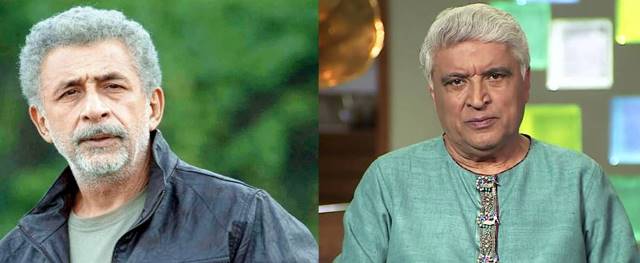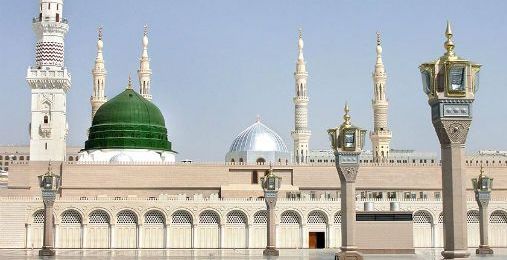The historic city Sehwan
located on west bank of Indus River and east of Manchar Lake is Taluka of District Jamshoro. The city is famous for shrine of most important Sufi Usman Marvandi @
Lal Shahbaz Qalandar who lived there in the 13th century.
The city amongst important
spiritual centers, alongwith other shrines such as Shrine of Abdullah Shah
Ghazi in Karachi, the lustrous tombs of the Suhrawardi Sufis in Multan, Data Darbar
Complex in Lahore and Bari Imam in Noorpur Shehan near Islamabad.
Sehwan is amongst
most ancient place in Sindh. Some historians say that this town is established
during the period of Prophet Shees (son of Adam). Therefore, it was named as
Sheestan, later Sewistan and then renamed to Sehwan. Author Syed Muhibullah has
written in "A brief history of Sind", that Sehwan was name of the great
grandson of Ham (son of Noh AS). However, there are various other views about
nomenclature of Sehwan. William Dalrymple states that the name of this city is
derived from Shivistan after Lord Shiva.
This place saw
amalgamation of Hinduism and Islam. Historian Molai Sheedai has written in his
book "Tarikh-e-Tamadan e Sind" that Sehwan was established the Sewi
Aryas and hence was called Sewistan. Another view is that its original name was
Sindomana, which is well known in Greek literature. Sindhu-mán is Sanskrit word
that means "the possessor (the owner, or Raja) of Sindh, with which
Sindhu-vàn is synonymous, the letter might have been softened in common language
to the modern Seh-wan. Sindomana was capital of King Sambos, which was defeated
by Alexander during 326 BC.
Sehwan was conquered
by Muhammad bin Qasim during 711 from son of King Dahir, and three centuries
later by Mahmud of Ghazni during 1026. The city was held under governance of Soomrahs,
Summas, Arghuns and Tarkhans. The town was capital of Thatta Kingdom, when Mughal
Emperor Humayun attempted to capture it on his way to Umarkot during 1542, but
it finally fell to his son Akbar during 1590s. After the Mughals, the city remained
under control of Kalhoras and Talpurs.
Hundreds of thousands
zaireen visit shrine of Shrine of Lal Shahbaz Qalandar in a year. Shrine of
Sufi Saint Murshid Nadir Ali Shah, a well known spiritual descendant of Lal
Shahbaz Qalandar is also located in Sehwan, where large numbers of peoples are
served free meals round the clock. Another famous place I,e Manchar Lake, the
largest freshwater lake of Asia is also located at a short distance from Sehwan
city.
On 16th of February
2017, a suicide bomber exploded him at Shrine of Lal Shahbaz Qalandar, which
resulted into assassination of at least 83 people and almost 250 people got injured.
The attack occurred during a praying session. The incident was later claimed by
terrorist organization ISIS stating that their 'martyr' had exploded himself being
a popular place due to Shia gathering at the shrine.
Sehwan city is near
to Indus River and Manchar Lake therefore, there is always threat for floods in
monsoon seasons. Indus National Highway (N-55) Railway line (connecting with
Kotri and Dadu city) also cross near Sehwan city.
Previously Sehwan Taluka was under District Dadu, however it was merged with District Jamshoro on its establishment during 2004. As per census of 2017, population of Taluka Sehwan is 269,291 having 61.3% living in urban areas.















0 Comments
Please do not enter any spam link in the comments box